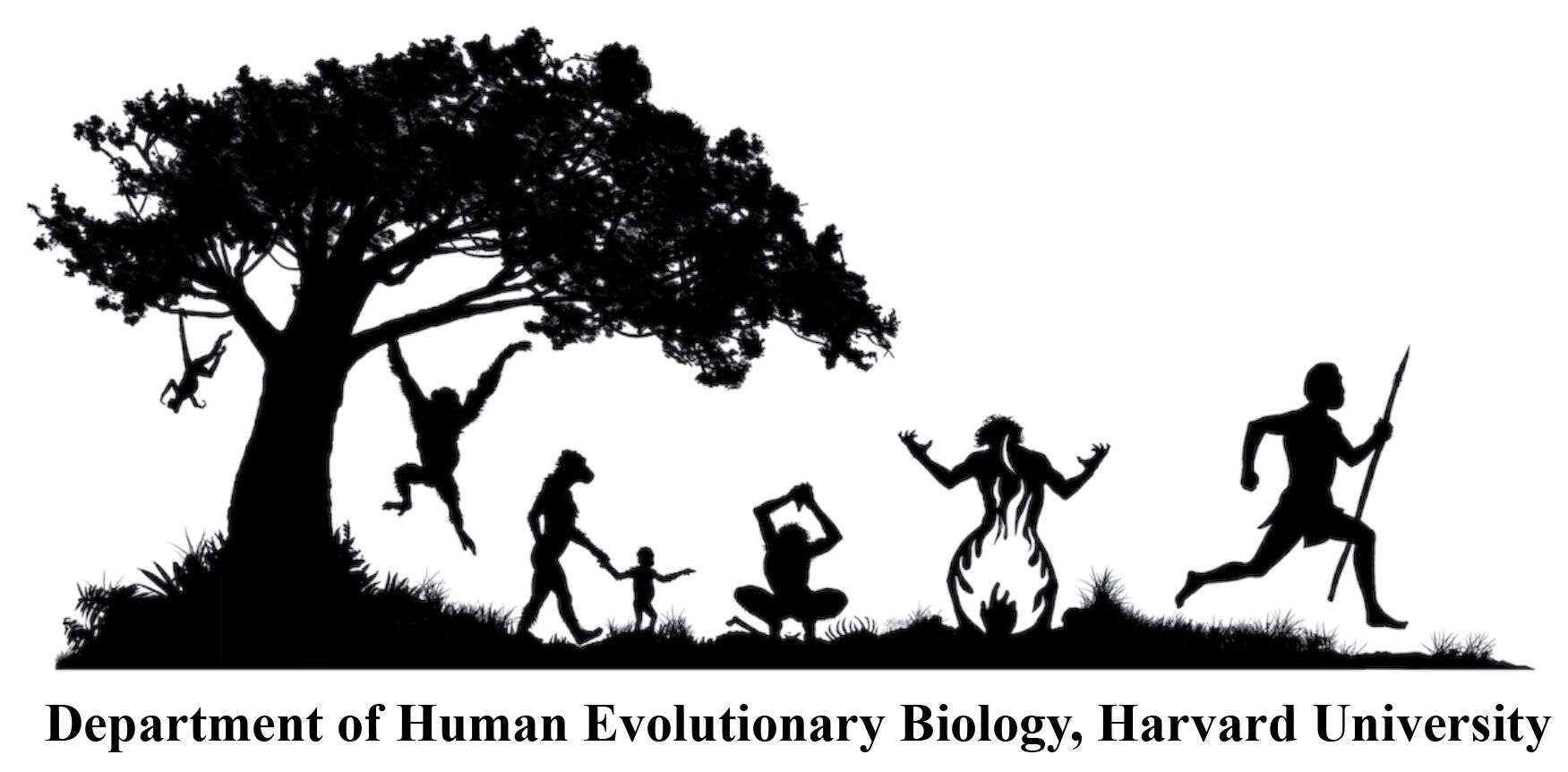Date:
Location:
Abstract: Variation in human skin color has fascinated and perplexed people for centuries. As the most visible aspect of human variation, skin pigmentation has been used in the past as a basis for classifying people into races. Studies conducted in the past 25 years have shown that skin pigmentation is a biological adaptation that regulates the penetration of ultraviolet radiation (UVR) into the skin and that it represents an evolutionary compromise between the conflicting demands of protection of the skin against UVR and of production of vitamin D by UVR. This compromise represents one of the best examples of evolution by natural selection acting on the human body. In the history of our species, Homo sapiens, skin pigmentation has been a highly changeable trait. Genetic evidence indicates that similar skin colors have evolved independently numerous times in response to similar environmental conditions and, because of this, skin color is an inappropriate trait for grouping people according to shared ancestry. This lecture will discuss the evolution of the “human rainbow”, how skin pigmentation influences our health, and how skin color has influenced societies and social well-being through color-based race concepts.
The Department of Human Evolutionary Biology (HEB) will be hosting an afternoon reception with Dr. Nina Jablonski on Thursday, March 31 at 4:00pm in the HEB North Lounge, 5th Floor of the Museum of Comparative Zoology, 26 Oxford Street, Cambridge, MA 02138.
Dr. Nina Jablonski is Evan Pugh University Professor of Anthropology at The Pennsylvania State University. A biological anthropologist and paleobiologist, she studies the evolution of adaptations to the environment in Old World primates including humans.
Her research program is focused in two major areas. Her paleoanthropological research concerns the evolutionary history of Old World monkeys, and currently includes an active field project in China. Her research on the evolution of human adaptations to the environment centers on the evolution of human skin and skin pigmentation, and includes an active field project examining the relationship between skin pigmentation and vitamin D production.
For additional information about Dr. Jablonski's research, please visit her website.
This event is free and open to the public.

